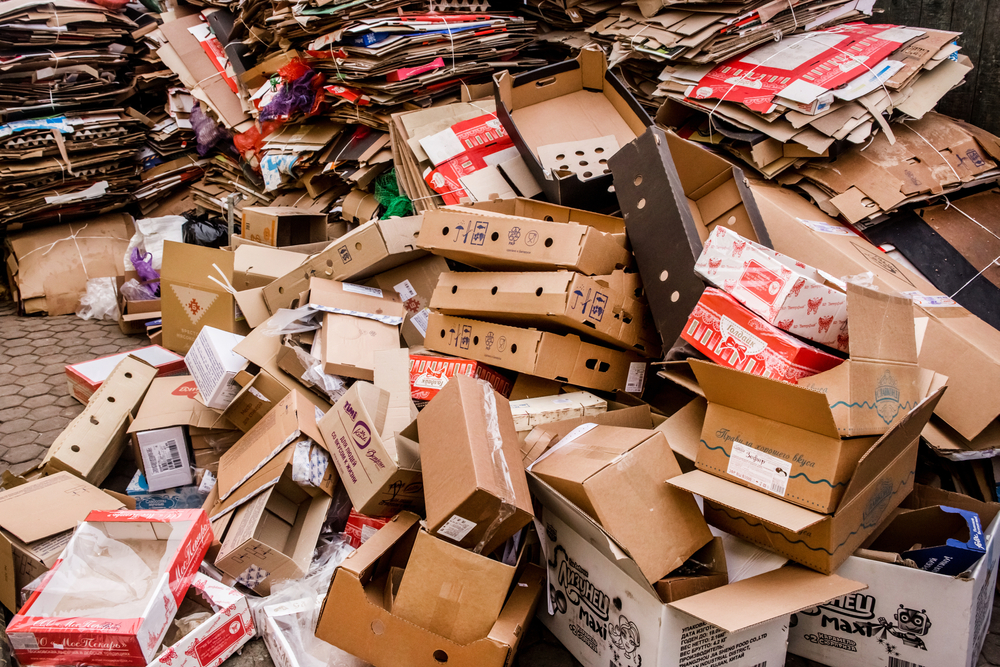According to WHO/UNICEF, about a third of the global population doesn’t have access to safe drinking water. More than half of these people, however, live in areas with just the right climate conditions to enable special water harvesting technologies to provide clean drinking water.
This is exactly the type of technology that Alphabet’s X lab, a research and development laboratory founded by Google, has been focusing on in recent years. The device, called an atmospheric water harvester, pulls in air from the outside, then uses fans and heat from sunlight to create condensation, producing safe drinking water drip by drip, reports Fast Company.
In a recent paper, the team quantified the impact that such a device could have if deployed in areas with high water scarcity. Using datasets from WHO/UNICEF, the team mapped out exactly where those areas are. Then it compared those locations with the ideal climate conditions for using an atmospheric water harvester, which typically requires a minimum amount of humidity in the air to function well. The study found that 1 billion people who currently don’t have access to clean drinking water live in places where the device would function well.
As noted by study lead author Jackson Lord, larger infrastructure projects, such as desalination plans, typically take many years to build, so the atmospheric water harvesters could provide a solution in the meantime. “This can leapfrog a lot of that and go directly to the source with a small device that’s solar-powered,” says Lord, who previously worked at X on the project.
The solar-powered device is designed to be as efficient and cost-effective as possible. As such, it only uses a few solar cells to power its fans, and relies mostly on solar heat. As explained by Fast Company, the machine consists of a few parts, including a fan that pulls in outside air and a desiccant that absorbs moisture from it. Another fan recirculates a second stream of air heated by the solar collector. Similar to how dew forms naturally outside, when war air meets the cooler air inside the device, small water droplets form.
While the team’s prototype is now able to produce 150 milliliters of water per hour per square meter, with further improvements, it has the potential to produce as much as five liters of water a day. These improvements are very likely to happen in the near future, since the team has recently opened access to its data, prototypes, software, and hardware documentation so anyone can use the intellectual property to develop the device.
“We don’t always do this, but in this particular case, we felt like this had made enough of the right kinds of progress had enough of the right kinds of potential that sharing it with the rest of the world was actually going to get the benefits to the world faster than if we just kept it an X thing ourselves,” says Astro Teller, the head of X.
Image source: X
Source study: Nature — Global potential for harvesting drinking water from air using solar energy












